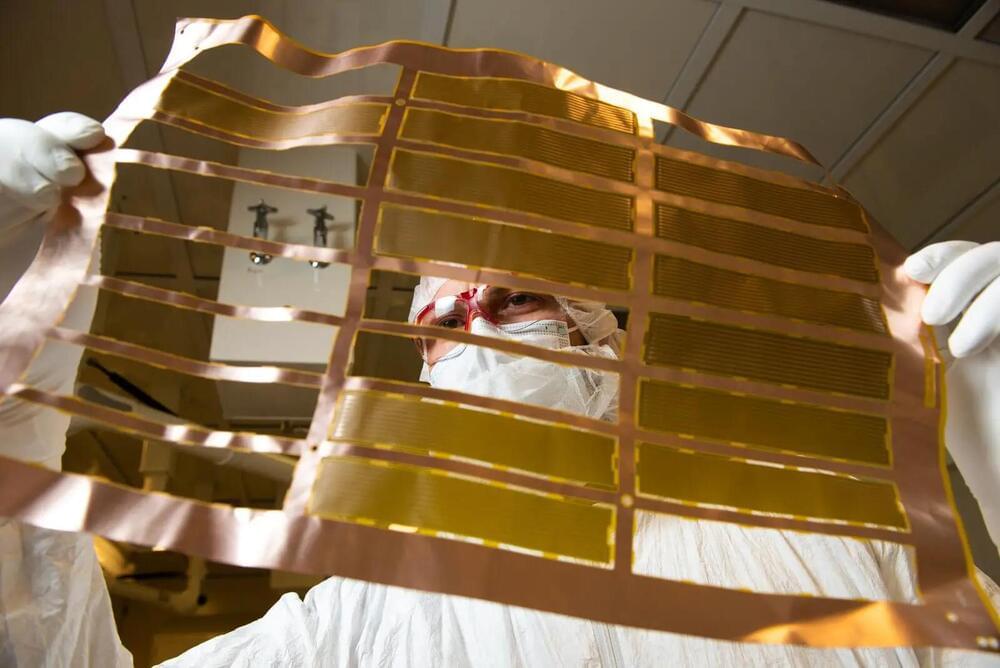Mercedes-Benz is using digital twins for production with help from NVIDIA Omniverse, a platform for developing Universal Scene Description (OpenUSD) applications to design, collaborate, plan and operate manufacturing and assembly facilities.
Mercedes-Benz’s new production techniques will bring its next-generation vehicle portfolio into its manufacturing facilities operating in Rastatt, Germany; Kecskemét, Hungary; and Beijing, China — and offer a blueprint for its more than 30 factories worldwide. This “Digital First” approach enhances efficiency, avoids defects and saves time, marking a step-change in the flexibility, resilience and intelligence of the Mercedes-Benz MO360 production system.
The digital twin in production helps ensure Mercedes-Benz assembly lines can be retooled, configured and optimized in physically accurate simulations first. The new assembly lines in the Kecskemét plant will enable production of vehicles based on the newly launched Mercedes Modular Architecture that are developed virtually using digital twins in Omniverse.








